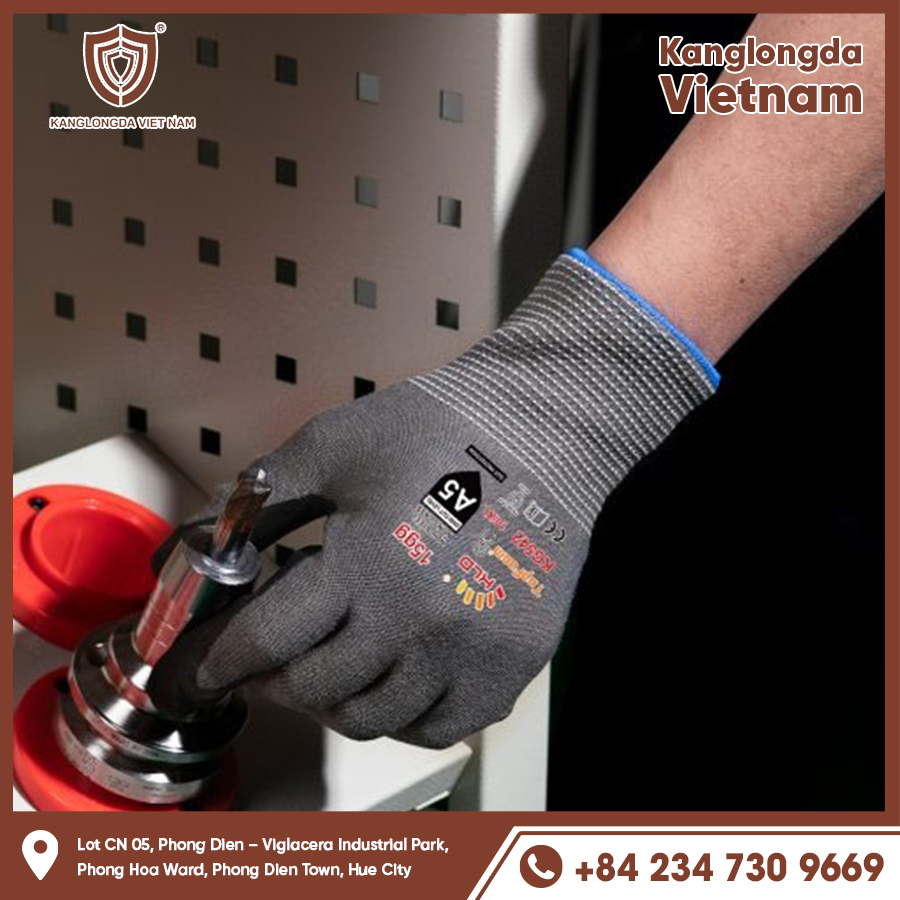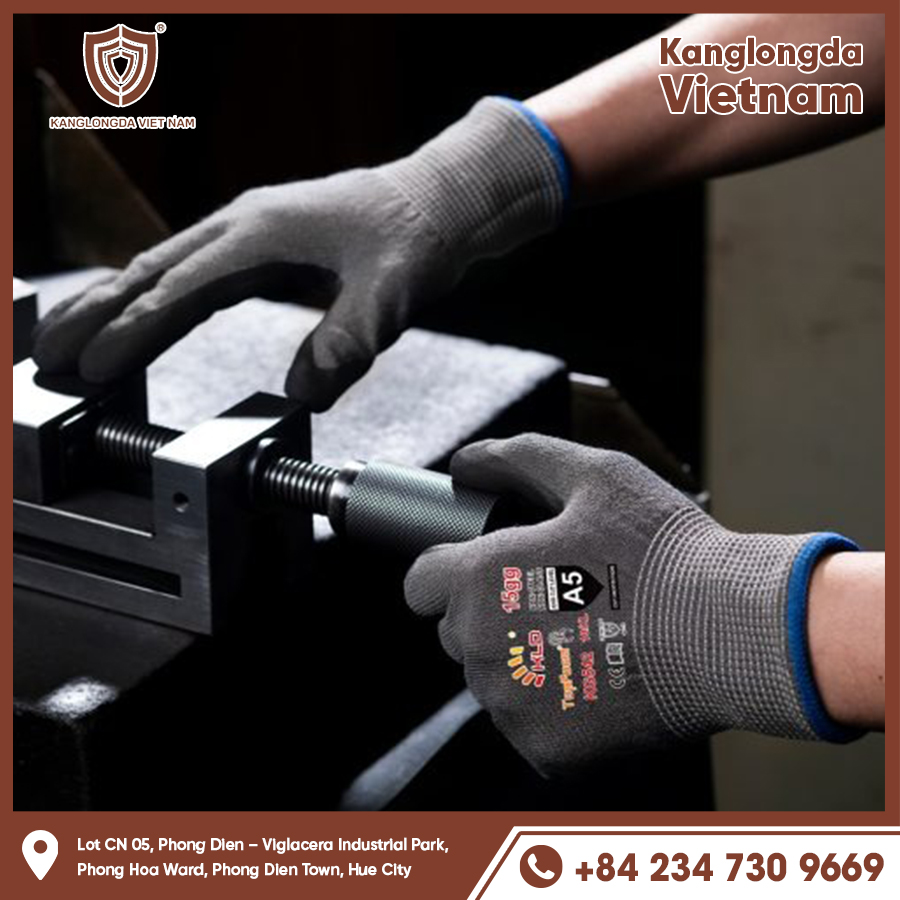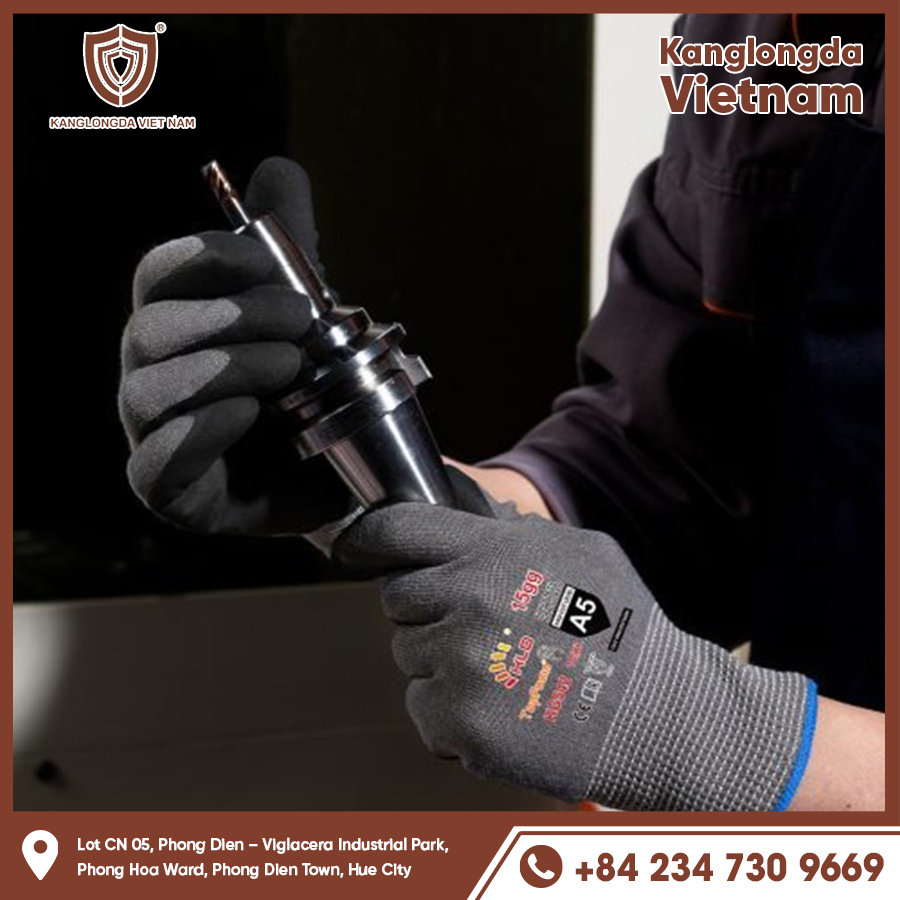Leather working gloves remain a top choice for professionals and hobbyists alike, combining toughness with comfort. Whether you are in construction, landscaping, welding, or general labor, the right leather gloves protect your hands from cuts, abrasions, and impacts. This guide explores the benefits, types, uses, and maintenance of leather working gloves to help you select the perfect pair. Wearing gloves is essential in many industries to prevent injuries that could lead to costly downtime or permanent damage. Leather gloves provide a reliable barrier against many common hazards encountered in heavy-duty work environments.

Why Choose Leather Working Gloves?
Superior Durability and Protection
Leather is naturally tough and abrasion-resistant, providing excellent defense against rough surfaces, sharp edges, and heat. It offers a longer lifespan compared to many synthetic gloves, making it cost-effective over time. Because leather fibers interlock densely, they resist cuts and punctures better than fabric gloves, making them indispensable in many manual labor tasks. Additionally, the natural strength of leather means gloves don’t tear or wear out quickly even under harsh conditions, saving money on frequent replacements.
Comfortable Fit and Flexibility
Unlike bulkier materials, leather gloves mold to your hands with use, increasing dexterity and comfort. This makes leather gloves ideal for precision tasks that require a firm grip and sensitive touch. Unlike rubber or synthetic gloves that can become stiff, quality leather gloves adapt to your hand shape, allowing longer wear without discomfort or hand fatigue. This adaptability also improves safety by allowing more natural movement and control when handling tools or machinery.
Breathability and Temperature Regulation
Good quality leather allows air to circulate, reducing sweat and keeping hands cooler during heavy work. Many leather gloves also provide decent insulation, making them suitable for moderate cold conditions. Unlike plastic gloves, leather prevents excessive moisture buildup inside the glove, which can cause discomfort and skin irritation. This breathability is essential for workers who wear gloves for extended periods, ensuring hands stay dry and comfortable throughout the day.
Different Types of Leather Used in Working Gloves
Cowhide Leather Gloves
Cowhide leather is the most common choice, offering a great balance between toughness and flexibility. It resists moisture and heat well, making it ideal for heavy-duty tasks such as construction or farming. Cowhide gloves are usually thicker and provide more abrasion resistance, making them excellent for general work that demands durability. Their slightly rough texture enhances grip, especially when handling rough materials like wood or metal.
Goatskin Leather Gloves
Goatskin is softer and more supple than cowhide, providing enhanced comfort and dexterity. It’s often used for tasks requiring more delicate handling without sacrificing protection. Goatskin gloves are lighter, making them a preferred option for jobs that require finger precision such as assembly or handling small tools. They also resist water better than cowhide due to tighter fiber structures, which helps keep hands dry in damp conditions.
Pigskin Leather Gloves
Pigskin gloves are durable and breathable, known for their water resistance and ability to stay flexible even when wet. This type is preferred in wet or oily work environments. The unique porous texture of pigskin allows moisture to escape easily while protecting against liquid penetration. Pigskin gloves also tend to be more affordable than other leather types, offering good performance on a budget for general labor and outdoor work.

Key Features to Look for in Leather Working Gloves
Reinforced Palms and Fingertips
Extra layers or padding on palms and fingertips protect high-wear areas and enhance grip, prolonging glove life and improving safety when handling tools or rough materials. Reinforcements can come in the form of double leather layers or additional materials like Kevlar for cut resistance. This feature is especially important in jobs involving frequent manual tool use, where palm abrasion is common.
Stitching and Seam Strength
Strong stitching ensures the glove holds up under strain. Look for double-stitched seams or Kevlar thread to resist tearing and abrasion, especially if your work involves heavy or sharp objects. Poor stitching is often the first point of failure in gloves, so quality thread and reinforced seams contribute significantly to glove longevity. Some premium gloves even use seamless palms for added durability and comfort.
Cuff Style and Closure
Different cuff styles serve different purposes: gauntlet cuffs protect the wrist and forearm, while elastic or Velcro closures offer snug fits to keep debris out and improve comfort. Gauntlet cuffs are favored in welding or chemical handling, where extra coverage prevents burns or splashes. Elastic or adjustable cuffs are common in general labor gloves to secure the glove on the hand, preventing it from slipping off during work.
How to Choose the Right Leather Working Gloves for Your Job
Matching Gloves to Your Industry Needs
Construction workers may need heavy-duty cowhide gloves with reinforced padding, while gardeners might prefer softer goatskin gloves for flexibility. Welders require gloves with heat resistance and longer cuffs. Assessing the specific hazards and tasks in your profession will guide you to the appropriate glove style and material. For example, electricians require gloves with insulating properties, whereas mechanics need gloves resistant to oils and grease.
Sizing and Fit Considerations
Gloves that fit well improve safety and reduce hand fatigue. Measure your hand circumference and length accurately, and try on gloves if possible. A snug fit without restricting movement is ideal. Oversized gloves reduce tactile feedback and may catch on machinery, while gloves that are too tight can restrict blood flow and cause discomfort. Many brands provide sizing charts; following these and checking reviews can help make the best choice.
Budget vs. Quality Tradeoffs
While cheaper gloves may be tempting, investing in higher-quality leather gloves pays off through better durability, protection, and comfort. Consider your work frequency and environment to decide the best value option. In many cases, a more expensive pair will last several times longer than a budget option, reducing replacement frequency and providing better protection to your hands. It’s also worth considering gloves with warranties or satisfaction guarantees.
Caring for and Maintaining Your Leather Working Gloves
Cleaning Techniques for Longevity
Avoid machine washing. Instead, wipe dirt off with a damp cloth and mild soap. For deeper cleaning, use specialized leather cleaners to prevent drying or cracking. Regular cleaning removes contaminants that can degrade leather fibers over time. Never soak leather gloves, as water can cause stiffness and damage the material’s natural oils.
Conditioning and Waterproofing
Leather needs regular conditioning with products like mink oil or leather balm to stay soft and water-resistant. Proper conditioning prevents brittleness and extends glove life. Conditioning should be done every few weeks or after exposure to water or heavy use. Waterproofing treatments also help protect gloves when working in wet environments, maintaining comfort and durability.
Proper Storage Tips
Store gloves in a cool, dry place away from direct sunlight and heat sources. Avoid folding them tightly to maintain shape and prevent creases that weaken the leather. Hanging gloves or laying them flat ensures the leather doesn’t develop cracks or harden in certain spots. Proper storage also prevents mildew and unpleasant odors.
Benefits of Using Leather Working Gloves in Different Professions
Construction and Industrial Work
Leather gloves protect hands from cuts, punctures, and impact injuries, while their durability withstands harsh working environments. Reinforced gloves also help improve grip on tools and materials. In industries with heavy machinery and abrasive surfaces, leather gloves are often mandatory personal protective equipment.
Gardening and Landscaping
Soft leather gloves provide comfort and flexibility while protecting against thorns, dirt, and rough branches. Breathability is important for all-day outdoor use, which leather offers naturally. Leather gloves also reduce the risk of blisters during repetitive tasks like digging or pruning. Many gardeners prefer goatskin or pigskin for enhanced dexterity and moisture resistance.
Welding and Metalwork
Leather’s heat resistance is crucial for welders and metalworkers. Long cuffs protect wrists and forearms from sparks and hot metal fragments, making leather gloves a safety essential. Welding gloves often use thicker split leather combined with heat-resistant linings, balancing protection and mobility during precision metalwork.

Leather working gloves combine durability, comfort, and protection, making them indispensable across many trades. Understanding the types of leather, key features, and proper care can help you select the best gloves for your needs and prolong their lifespan. Whether you work in construction, gardening, or metalwork, investing in quality leather gloves enhances safety and performance on the job. Regular maintenance will maximize your gloves’ durability and keep your hands comfortable and protected through every demanding task.






